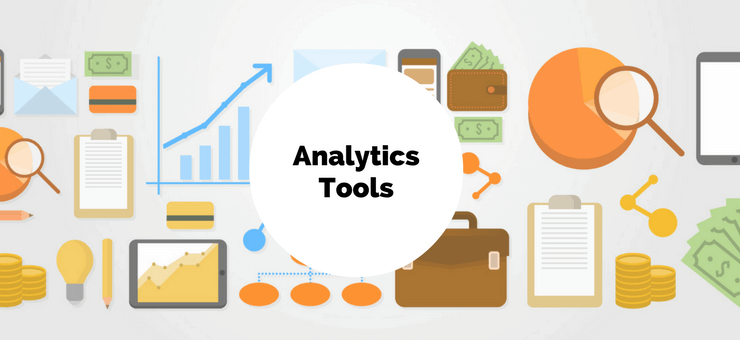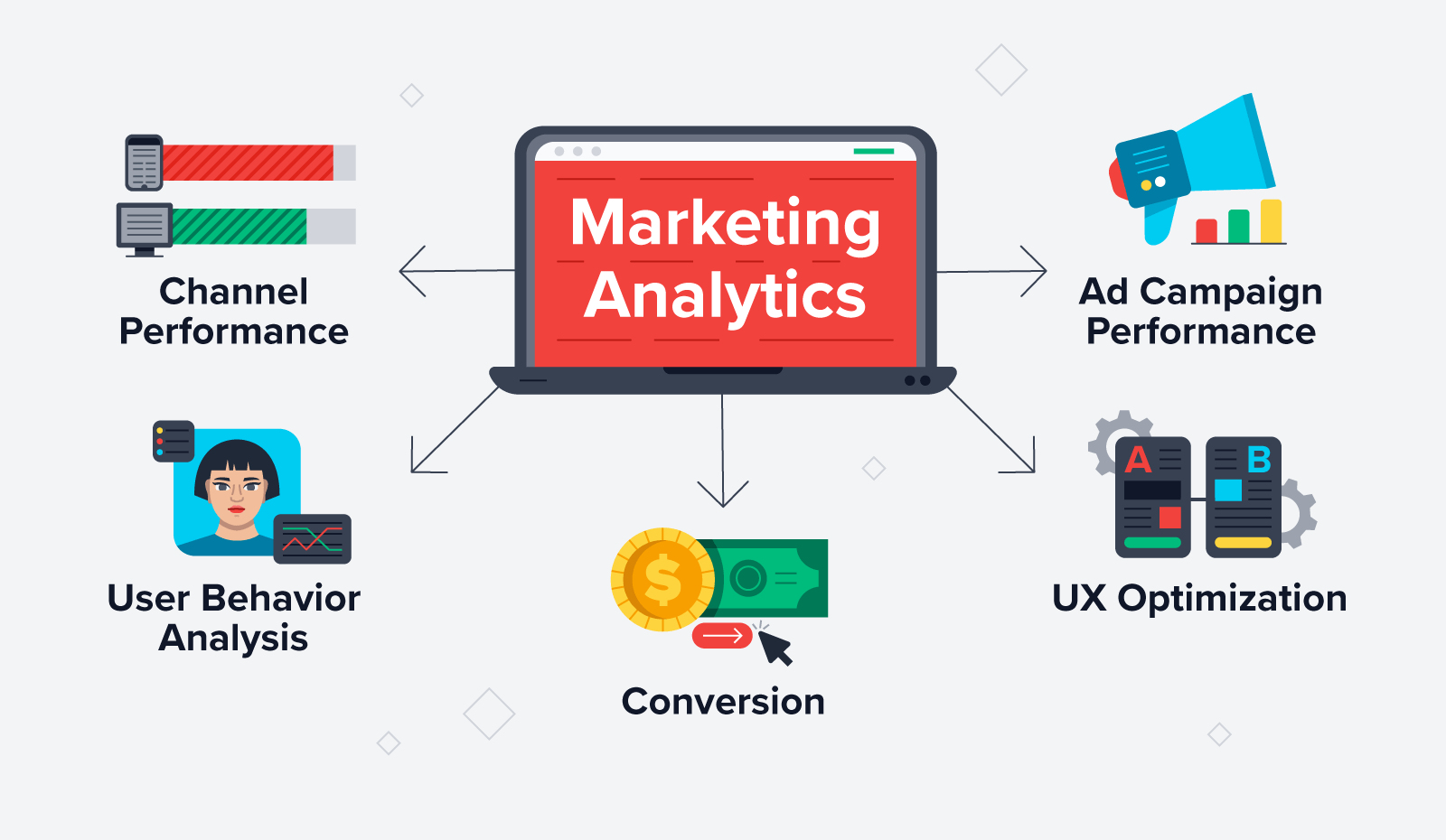Drive Development and Development With Smart Analytics Applications
Drive Development and Development With Smart Analytics Applications
Blog Article
Boost Efficiency and Productivity Via Data Analytics
In today's data-driven landscape, services are increasingly acknowledging the crucial function of information analytics in boosting functional effectiveness and productivity. By systematically evaluating data, companies can uncover vital insights that inform critical decisions, improve processes, and tailor customer experiences.
Recognizing Data Analytics
In today's data-driven landscape, understanding data analytics is crucial for companies intending to enhance functional efficiency and drive success. Data analytics involves the methodical computational analysis of information sets to uncover patterns, relationships, and understandings that inform decision-making. By using different techniques, such as analytical analysis, artificial intelligence, and predictive modeling, organizations can transform raw data into actionable knowledge.
The process normally begins with information collection, where pertinent information is gathered from numerous resources, including transactional databases, customer communications, and market trends. This information is then cleansed and organized to ensure accuracy and consistency. When the information is prepared, logical devices and software application are made use of to discover and imagine the information, enabling stakeholders to identify fads and anomalies.
Eventually, recognizing data analytics encourages companies to make informed choices based upon empirical proof instead of intuition. It helps with targeted approaches that can enhance resource allowance, enhance customer contentment, and improve general efficiency. As organizations significantly acknowledge the worth of data-driven understandings, a solid grip of information analytics ends up being a vital expertise for leaders and groups alike, positioning them for continual success in an affordable environment.

Secret Advantages for Businesses
Businesses that leverage data analytics can unlock a plethora of benefits that significantly improve their operations and earnings. One of the main advantages is improved decision-making. Data analytics gives actionable understandings derived from real-time data, permitting companies to make educated choices that straighten with market demands and consumer preferences.

Additionally, data analytics promotes boosted consumer experiences. By understanding customer actions and preferences, services can tailor their offerings, causing enhanced fulfillment and loyalty. This customized approach often results in higher conversion prices and repeat company.
In addition, data analytics makes it possible for businesses to recognize emerging chances and trends. By staying ahead of the contour, organizations can maximize brand-new markets and innovations before their competitors.
Implementing Data-Driven Methods
Effective application of data-driven techniques requires an extensive understanding of both business goals and readily available information sources. Organizations needs to initially define their goals clearly, making certain positioning in between data efforts and critical goals. This clarity enables groups to concentrate on relevant metrics and understandings that drive decision-making.
Top quality information is essential for accurate evaluation, as bad data can lead to misdirected approaches and lost resources - Analytics. Organizations needs to establish processes for information collection, cleaning, and administration to keep data you could try this out integrity.
Moreover, fostering a data-driven society is critical. Staff members in any way degrees must be urged to leverage information in their day-to-day procedures. Training workshops and programs can enhance information literacy, empowering team to make informed choices based upon logical understandings.
Tools and Technologies Summary
A durable collection of devices and technologies is essential for companies intending to harness the complete possibility of information analytics. These tools promote the collection, processing, and visualization of information, making it possible for businesses to acquire workable understandings.
At the fundamental degree, information monitoring platforms such as SQL databases and NoSQL systems provide effective information storage and access capacities. For data processing and analysis, shows languages like Python and R, together with frameworks such as Apache Spark, allow complex calculations and machine discovering applications.
Visualization tools, consisting of Tableau and Power BI, change raw data right into intuitive graphical layouts, making understandings accessible to stakeholders at all levels. Additionally, cloud-based platforms like Google Cloud and AWS provide scalable storage and processing options, accommodating the growing quantities of information companies encounter.
For innovative analytics, anticipating modeling and AI-driven remedies are increasingly embraced, enabling companies to that site anticipate fads and improve decision-making procedures. Incorporating these tools into existing operations is critical; organizations that successfully utilize this technology can dramatically enhance operational performance and drive success. Therefore, purchasing the right tools and technologies is a tactical crucial for any data-driven organization.
Situation Studies of Success
Leveraging information analytics has actually led many organizations to achieve exceptional improvements in performance and productivity. One notable case is a huge retail chain that implemented predictive analytics to enhance supply administration. By assessing historical web sales data and client fads, the company minimized excess supply by 30%, bring about significant cost savings and improved money flow.
One more example can be found in the manufacturing field, where a leading auto supplier utilized information analytics to enhance its production processes. By checking equipment efficiency in real-time, the company identified ineffectiveness and traffic jams, causing a 20% rise in general equipment effectiveness (OEE) This not only increased manufacturing prices yet additionally minimized downtime and maintenance expenses.

These situation researches highlight just how data analytics can drive critical decision-making, maximize procedures, and ultimately enhance both efficiency and profitability across various markets.
Conclusion
In verdict, the combination of information analytics right into business procedures offers substantial possibilities for enhancing efficiency and profitability. By systematically examining data, organizations can identify inadequacies, enhance client experiences, and make educated choices.
In today's data-driven landscape, understanding information analytics is necessary for organizations intending to improve functional effectiveness and drive profitability. Data analytics involves the organized computational evaluation of data collections to uncover patterns, connections, and understandings that educate decision-making. Data analytics offers actionable understandings obtained from real-time data, enabling businesses to make educated options that align with market needs and customer choices.
High-grade information is essential for precise evaluation, as poor information can lead to misguided techniques and squandered resources. Organizations must develop processes for information collection, cleaning, and administration to preserve information honesty.
Report this page